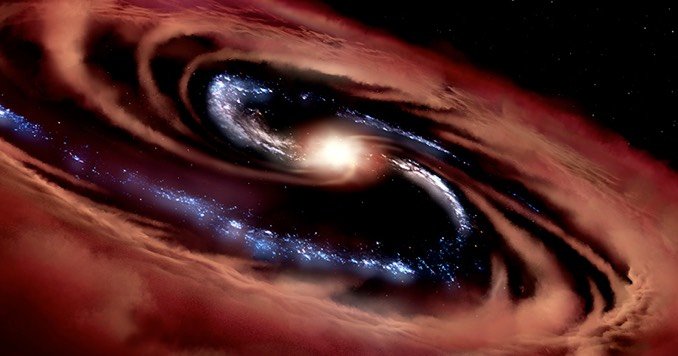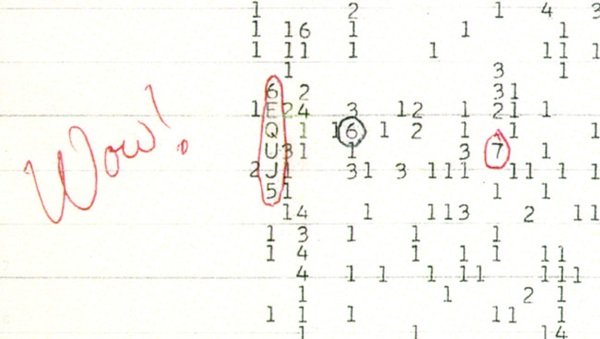Interesting Astronomy & Astrophysics news from the week of 11/29/2020
Next week’s night sky: Tuesday is the last quarter moon. This is a great time to focus on the terminator to see minuscule detail in the surface of the moon. The terminator is the line that divides light from dark. On Monday, December 14, the Geminids meteor shower peaks! This is usually the most spectacular meteor shower in December. Meteor rates can reach up to 120 meteors an hour! Combined with the new moon, this whoer should be a terrific finishing point for the astronomy of 2020. […]
Read more

